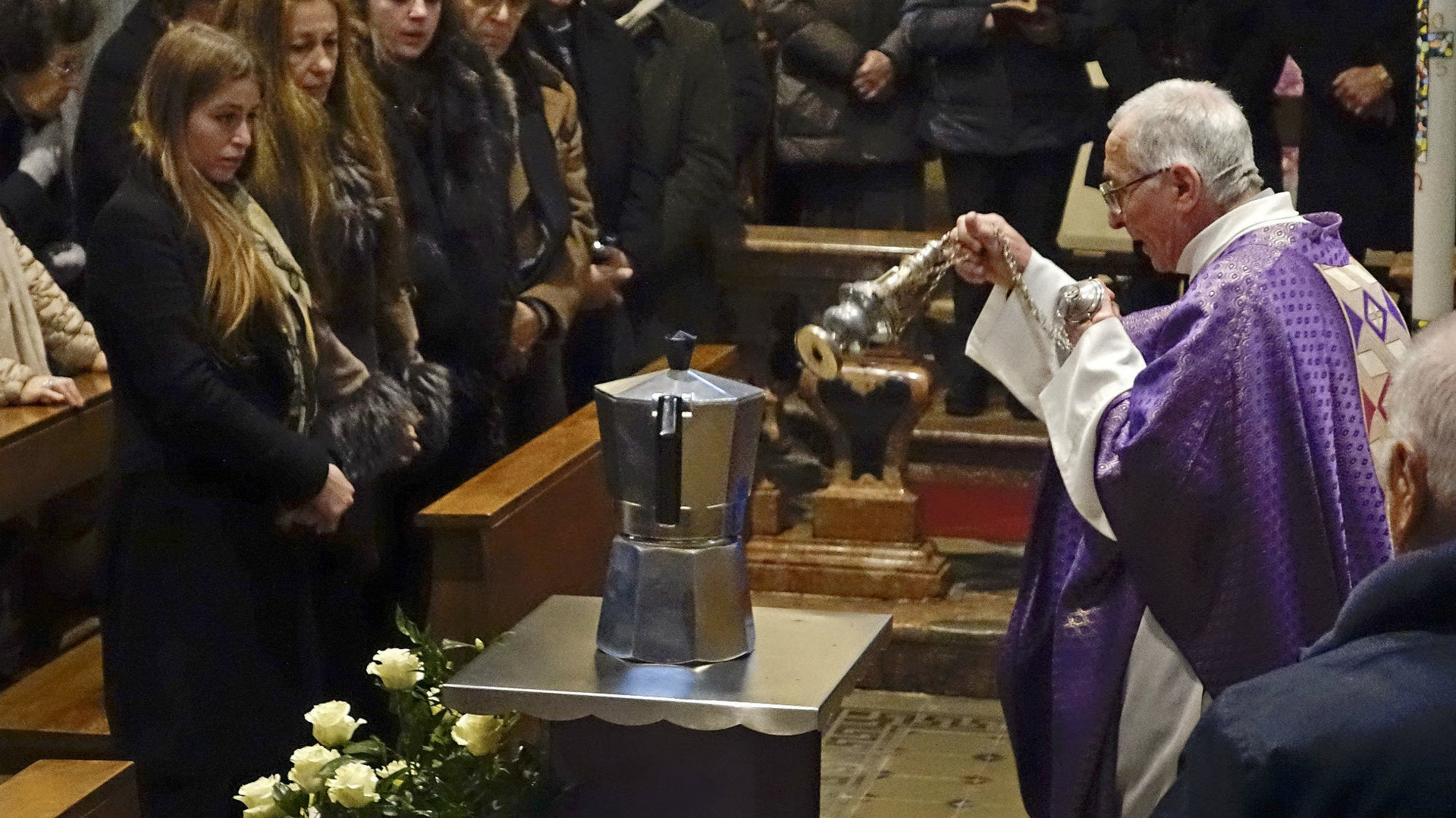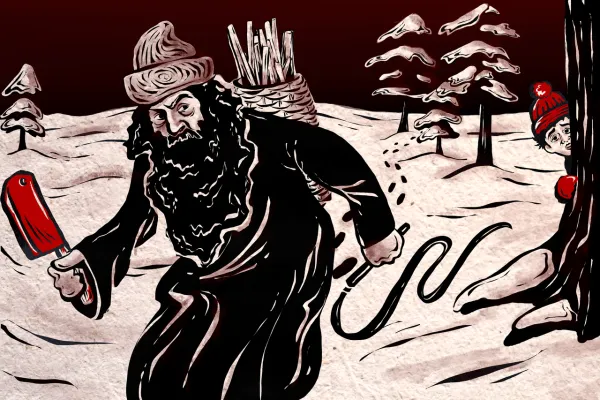It's illegal to make fried rice on this one specific day in China

If you share a recipe for or photo of fried rice in China on November 25th, you may get a visit from the authorities. To understand why, you have to go back 75 years. North Korea, backed by the Soviet Union and China, launched a surprise invasion into South Korea, hoping to unify the Korean peninsula. More than three years and as many as three million lives later, the two sides signed an armistice. One of the lives lost was Mao Anying, the oldest son of the chairman of China's Communist Party, Mao Zedong. His death has become a major moment in the narrative shared by Chinese dissidents today, who celebrate November 25 as China’s Thanksgiving Day. But because of censorship, those who want to mark the day do so by sharing a fried rice recipe or pictures of the dish. It’s a reference to the mythic story behind Anying’s demise, which says he was trying to cook fried rice, and the smoke from the fire exposed his position. (via Now I Know)
He popularized a famous Italian coffee pot and when he died he was buried in one

Renato Bialetti, the Italian businessman who turned an aluminum coffee pot into a classic global design, died last week at the age of 93. In accordance with his and his family’s wishes, his ashes were interred in an urn shaped like a large version of a Moka pot, the stovetop coffee maker he introduced to the world. Bialetti didn’t invent the Moka. He just made it famous. A man named Luigi di Ponti designed the appliance in 1933 and sold the patent to Renato’s father Alfonso Bialetti, an aluminum vendor. Sales lagged under the elder Bialetti, but Renato had bigger, coffee-scented dreams when he took over the business in the 1940s. He spearheaded a massive marketing campaign across Italy for the pots, which were branded with a charmingly mustachioed caricature—based either on himself or his father, depending on the legend you read. (via Quartz)
Meet Splash the nation’s first and possibly only search-and-rescue otter

Hadsel, a veteran of search and rescue teams and recovery diving outfits, operates a company called Peace River K9 Search and Rescue. He trains dogs at his home for SAR squads, law enforcement, and recovery teams—something he’s done for the last 46 years. In recent years, however, Hadsel has taken on a new breed to teach: Asian small-clawed otters. The aquatic mammals, Hadsel says, are so intelligent and have such strong sensory organs that they can be taught to recover human remains. They are better than trained dogs at sniffing out bodies that are located in oceans or lakes—areas where people often disappear and are never found. And Hadsel’s newest otter, named Splash, has become the world’s first otter to be trained to recover human bodies. One of the species’ greatest attributes is its ability to detect odors underwater. (via Outside)
Hi everyone! Mathew Ingram here. I am able to continue writing this newsletter in part because of your financial help and support, which you can do either through my Patreon or by upgrading your subscription to a monthly contribution. I enjoy gathering all of these links and sharing them with you, but it does take time, and your support makes it possible for me to do that. I also write a weekly newsletter of technology analysis called The Torment Nexus.
In addition to martial arts young Bruce Lee was a boxer and an award-winning cha-cha dancer

Lee's father was a Cantonese opera star. As a result, Lee was introduced to the world of cinema at a very young age and appeared in several films. At age seven, Lee began practicing tai chi together with his father. As a nine-year-old, he co-starred with his father in The Kid in 1950, which was based on a comic book character, "Kid Cheung", and was his first leading role. By the time he was 18, he had appeared in 20 films. In the early 1950s, Lee's father became an opium addict. In 1956, due to poor academic performance (and possibly poor conduct), Lee was transferred to St. Francis Xavier's College. He was mentored by Brother Edward Muss, a Bavarian-born teacher and coach of the school boxing team. In 1958, Lee won the Hong Kong schools boxing tournament, knocking out the previous champion in the final. That year, Lee who was also a good cha-cha dancer, won Hong Kong's Crown Colony Cha-Cha Championship. (via Wikipedia)
The words testify and testicle come from the same root for an unusual reason

The word testicle was borrowed in 1704 so as to be a less vulgar way to describe male reproductive glands. This, as basically all gentrified words, come from Latin, but this case is far more interesting than most, as it's from the word testis, meaning "witness". This crazy connection came about because testicles were seen as "bearing witness to male virility" or "manliness". And, yes, for those wondering, this word is connected to the word testify (through Old French testifier and Middle English testifien, in conjunction with the verb facere, meaning "to make"). So, like felony, testify is a legal term with inappropriate connections. I wonder how many more lurk out there. Anyway, testis comes from the Proto-Indo-European tris, meaning "three", implying that a witness is an impartial third person. Interesting side note: testicle and testify are also connected to the word testament. (via Etymology Nerd)
That time Steve Irwin got bitten by a snake on live television and laughed it off

Acknowledgements: I find a lot of these links myself, but I also get some from other newsletters that I rely on as "serendipity engines," such as The Morning News from Rosecrans Baldwin and Andrew Womack, Jodi Ettenberg's Curious About Everything, Dan Lewis's Now I Know, Robert Cottrell and Caroline Crampton's The Browser, Clive Thompson's Linkfest, Noah Brier and Colin Nagy's Why Is This Interesting, Maria Popova's The Marginalian, Sheehan Quirke AKA The Cultural Tutor, the Smithsonian magazine, and JSTOR Daily. If you come across something interesting that you think should be included here, please feel free to email me at mathew @ mathewingram dot com



